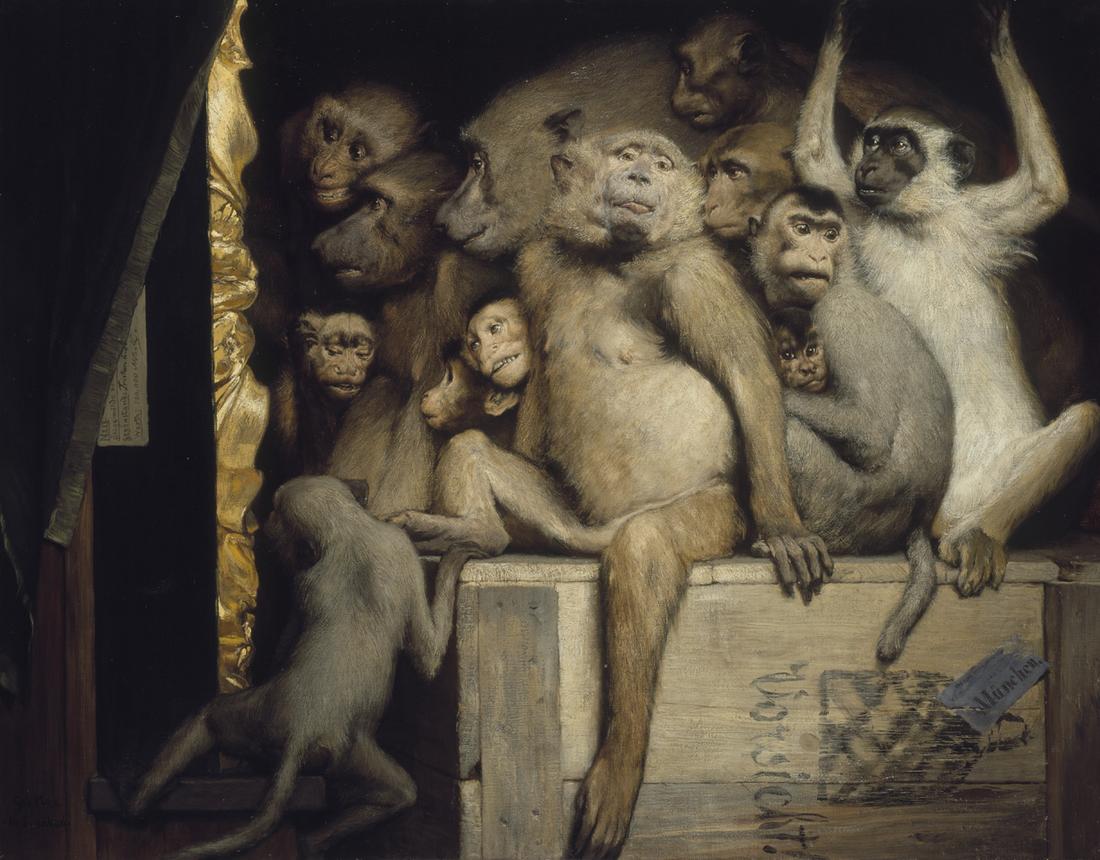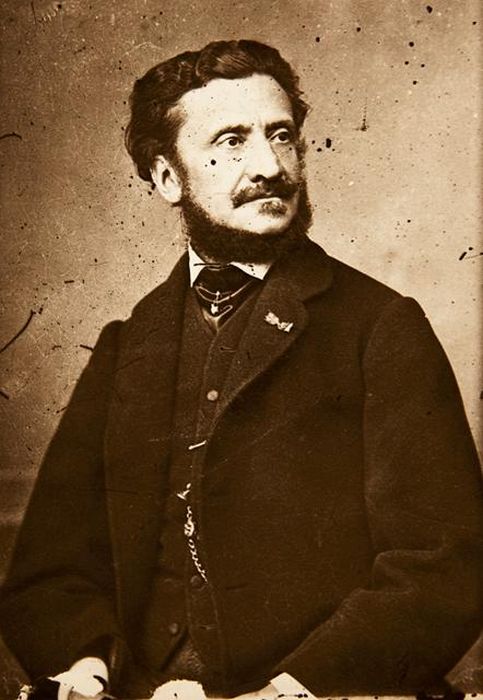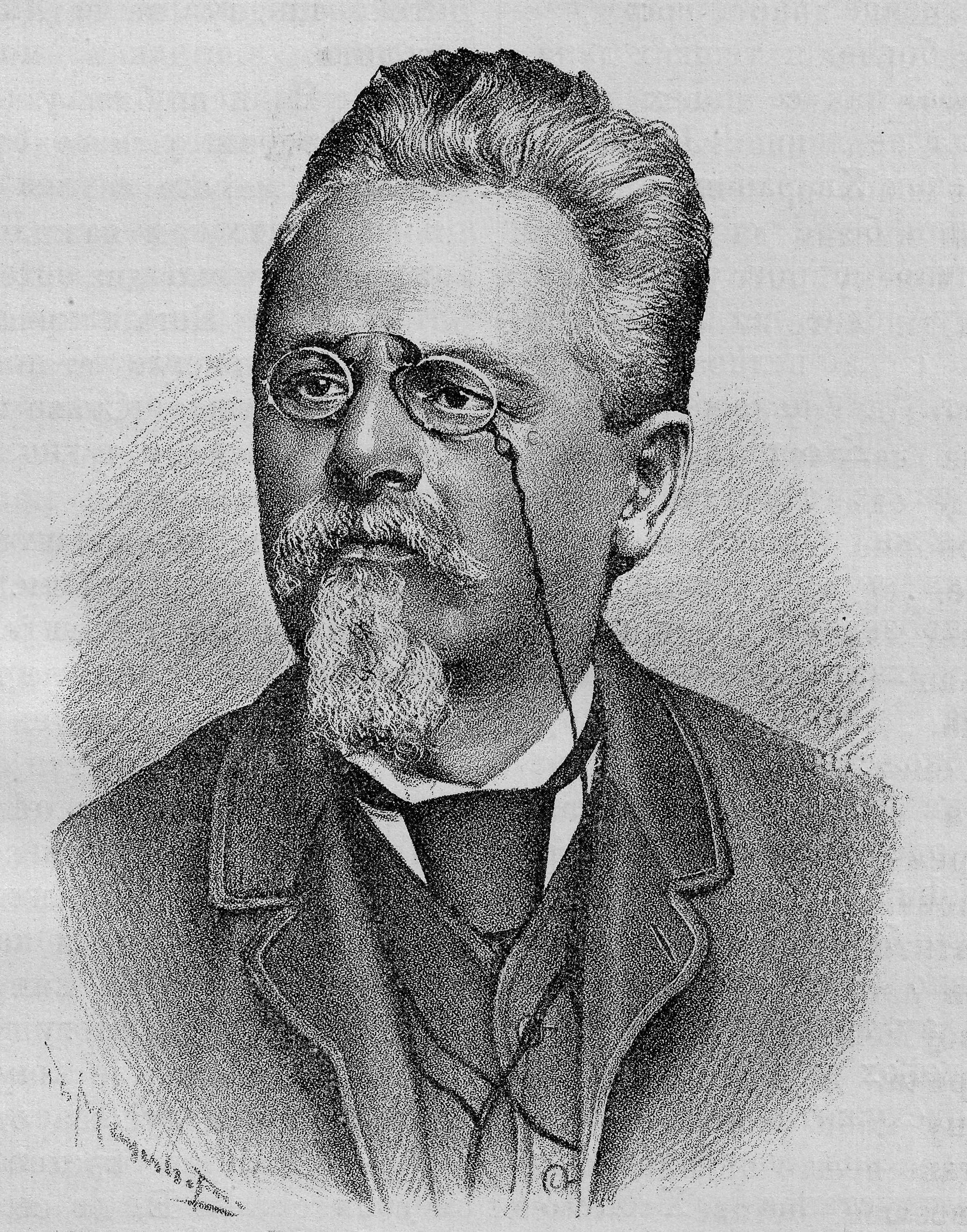|
Milan Jovanović Stojimirović
Milan Jovanović Stojimirović (Smederevo, Kingdom of Serbia, 19 June 1898 – Belgrad, Serbia, Yugoslavia, 6 March 1966) was a Serbian journalist, diplomat, manager of the Archive of Serbia, and chronicler of Old Belgrade. His vast collection of paintings, sculptures and artifacts were bequeathed to the Museum and National Library in Smederevo. Childhood and youth He was born in Smederevo to father Svetozar Jovanović, a shoemaker, and mother Jelena nee Stojimirović. He lost his father early, so his mother Jelena and uncle Dr. Dušan Stojimirović (1870–1956) took care of him and his younger brother Ivan. Out of gratitude, both brothers added Stojimirović to their surname. He finished elementary school in Smederevo and high school in Smederevo and Belgrade. During the First World War, he stayed in Belgrade with his uncle, Dr. Dušan Stojimirović, who was the manager of the mental hospital. There he met Petar Kočić and wrote an article about it published in 1922 in the Ser ... [...More Info...] [...Related Items...] OR: [Wikipedia] [Google] [Baidu] |
Smederevo
Smederevo ( sr-Cyrl, Смедерево, ) is a city and the administrative center of the Podunavlje District in eastern Serbia. It is situated on the right bank of the Danube, about downstream of the Serbian capital, Belgrade. According to the 2011 census, the city has a population of 64,105, with 108,209 people living in its administrative area. Its history starts in the 1st century BC, after the conquest of the Roman Empire, when there existed a settlement by the name of ''Vinceia''. The modern city traces its roots back to the Late Middle Ages when it was the capital (1430–39, and 1444–59) of the last independent Serbian state before Ottoman conquest. Smederevo is said to be the city of iron ( sr, / ) and grapes (). Names In Serbian, the city is known as ''Smederevo'' (Смедерево), in Latin, Italian, Romanian and Greek as ''Semendria'', in Hungarian as ''Szendrő'' or ''Vég-Szendrő'', in Turkish as ''Semendire''. The name of Smederevo was first r ... [...More Info...] [...Related Items...] OR: [Wikipedia] [Google] [Baidu] |
Robert Graves
Captain Robert von Ranke Graves (24 July 1895 – 7 December 1985) was a British poet, historical novelist and critic. His father was Alfred Perceval Graves, a celebrated Irish poet and figure in the Gaelic revival; they were both Celticists and students of Irish mythology. Graves produced more than 140 works in his lifetime. His poems, his translations and innovative analysis of the Greek myths, his memoir of his early life—including his role in World War I—''Good-Bye to All That'', and his speculative study of poetic inspiration ''The White Goddess'' have never been out of print. He is also a renowned short story writer, with stories such as "The Tenement" still being popular today. He earned his living from writing, particularly popular historical novels such as ''I, Claudius''; '' King Jesus''; ''The Golden Fleece''; and ''Count Belisarius''. He also was a prominent translator of Classical Latin and Ancient Greek texts; his versions of ''The Twelve Caesars'' and ... [...More Info...] [...Related Items...] OR: [Wikipedia] [Google] [Baidu] |
Gabriel Von Max
Gabriel Cornelius Ritter von Max (23 August 1840 – 24 November 1915) was a Prague-born Austrian painter. Biography He was born Gabriel Cornelius Max, the son of the sculptor Josef Max and Anna Schumann. He studied between 1855 and 1858 at the Prague Academy of Arts with Eduard von Engerth. His studies included parapsychology (somnambulism, hypnotism, spiritism), Darwinism, Asiatic philosophy, the ideas of Schopenhauer, and various mystical traditions. The spiritual-mystical movement was emphasized by the writings of Carl du Prel, and the Munich painter Albert Keller was also an influence. His first large canvas was painted in 1858 while he was a student at the Prague Academy. He continued his studies at the Viennese Academy of Art with Karl von Blaas, , Christian Ruben and Carl Wurzinger. From 1863 to 1867 he studied at the Munich Academy with Karl Theodor von Piloty, and also Hans Makart and Franz Defregger. His first critical success was in 1867 with the painting " ... [...More Info...] [...Related Items...] OR: [Wikipedia] [Google] [Baidu] |
Paolo Vietti-Violi
Paolo Vietti-Violi (June 20, 1882, Grandson, Switzerland, Grandson, Switzerland - December 25, 1965, Vogogna, Italy) was an Italian architect. His work was part of the Art competitions at the 1928 Summer Olympics#Architecture, architecture event in the Art competitions at the 1928 Summer Olympics, art competition at the 1928 Summer Olympics. Life Born in the French-speaking Switzerland from Italian parents who resided there for business, he studied in Geneva and Paris (at the École des Beaux-Arts de Paris, Ecole des Beaux-Arts) from which he graduated in 1907. He moved to Milan where in 1914 he re-graduated at the Royal Polytechnic in order to practice his profession in Italy. He then began a career as a designer in the field of sports facilities such as racetracks, stadiums and their complementary structures. His design universe, however, was very large and varied, as evidenced by the different architectural aspects, which are identifiable in the Rationalism (architecture), r ... [...More Info...] [...Related Items...] OR: [Wikipedia] [Google] [Baidu] |
Ladislav Eugen Petrovits
Ladislav Eugen Petrovits (Vienna, Austria, 21 January 1839 - Vienna, Austria, 1 April 1907) was an Austrian painter and illustrator of Serbian and Czech origin. He was the son of the Serbian neo-classicist sculptor Dimitrije Petrović (1799-1852). Although his family wanted Ladislav to devote himself to sculpture, he himself was against and, under the influence of theatre painter Carlo Brioschi, became a painter instead. In 1857–1861 he studied at the Academy of Fine Arts in Vienna with Franz Steinfeld and Albert Zimmermann. He was a member of the Club of Watercolor Artists at the Vienna Fine Artists Society. Illustrated a number of books; his works were published in ''Illustrierte Zeitung and L'Illustration''. Since 1859 he participated in various exhibitions focused on painting the city and the landscape. At the request of the city of Olomouc he painted a three-meter panoramic picture of the city before its leadership decided to demolish the Theresian walls at the very end of t ... [...More Info...] [...Related Items...] OR: [Wikipedia] [Google] [Baidu] |
Carol Szathmari
Carol Szathmari (Romanian: ''Carol Popp de Szathmáry ''; 11 January 1812 Kolozsvár – 3 July 1887 Bucharest) was a Hungarian painter, lithographer, and photographer, who had worked most of the time in Wallachia, nowadays Romania and therefore he is considered to be the founder of the Romanian photography. He is also considered the world's first combat photographer for his pictures of the battlefield taken during the first year of the Russo-Turkish war, later known as the Crimean War. Life Szathmari was born in the city of Kolozsvár, Transylvania (now Cluj-Napoca, Romania), in 1812. Initially, he studied law at the Reformed College in Cluj.http://www.eshph.org/wp-content/uploads/2015/12/2008_Jubilee_lowres.pdf By the age of eighteen he had moved to Bucharest. He studied painting from 1832 to 1834 in Rome, and on returning to Bucharest he was frequently commissioned to create paintings for the Wallachian boyars. He would later go on to achieve notoriety as the official ar ... [...More Info...] [...Related Items...] OR: [Wikipedia] [Google] [Baidu] |
Pavle Čortanović
Pavle Čortanović (5 February 1830, in Novi Sad, then Habsburg monarchy, now Serbia – 31 March 1903, in Belgrade, Serbia) was a Serbian painter. Pavle was the son and student of Petar Čortanović. Pavle also studied art at the Vienna Academy of Fine Arts Vienna, Academy of Fine Arts from 1845 until the winter semester of 1852-1853. He was the author of many icons that grace the sanctuary screens (iconostasis) of Serbian Orthodox Church, Serbian Orthodox churches in Vojka, Serbia, Vojka (1859), Vasica (1863), Bodegraj (1885), and also in Besenov, Ravanica, Grabovo, Serbia, Grabovo, Stara Pazova, Veliki Radinci, Berkasovo, Ruma, Lalić, Serbia, Lalić and other places. He also authored a portrait of Miloš Obrenović, prince and ruler of the Principality of Serbia. Works by Pavle Čortanović can be found in art galleries and museums throughout the country. Also, Čortanović's work can be found in the collection of Milan Jovanović Stojimirović who bequeathed a large number of ... [...More Info...] [...Related Items...] OR: [Wikipedia] [Google] [Baidu] |
Stevan Todorović
Stevan "Steva" Todorović ( sr-cyr, Стеван-Стева Тодоровић; Novi Sad, 1832–Belgrade, 1925) was a Serbian painter and the founder of modern fencing and Sokol movement in Yugoslavia. Biography Todorović was born in Novi Sad and died in Belgrade. He was a correspondent and war painter for a number of domestic and foreign newspapers during the Serbian-Turkish Wars (1876–1878), and became known as the founder of war painting in Serbia. From the Balkan Wars, and later World War I, this was no longer an individual occupation but a task subject to state and military regulations. Todorović was close to the Obrenović royal house. He made portraits of almost all members of the royal family, including Natalie of Serbia; his portrait of her helped in making her the "Serbian Mona Lisa". He exhibited his artworks as a part of Kingdom of Serbia's pavilion at International Exhibition of Art (1911), International Exhibition of Art of 1911. In the course of his long lif ... [...More Info...] [...Related Items...] OR: [Wikipedia] [Google] [Baidu] |
Đorđe Jovanović (sculptor)
Đorđe Jovanović (21 January 1861, Novi Sad – 26 March 1953, Belgrade) was a Serbian sculptor and a full member of the Serbian Academy of Sciences and Arts. Biography Jovanović was born in Novi Sad, where he spent the first three years of his life. Then, his family moved to Požarevac. He studied at Kragujevac, where he obtained his ''baccalauréat'' from ''Grandes écoles'' in 1882. In 1884, he obtained a state grant to pursue his post-graduate studies at the Academy of Fine Arts in Vienna, where he started studying painting and sculpture. He also studied at the Academy of Fine Arts in Munich. After completing his studies in 1887, he lived between Munich, Paris, and Belgrade. In Paris, he improved his art with Henri Chapu and Jean Antoine Injalbert. In 1889, at the World Exhibition in Paris, he won a prize for the "Gusle" and then, in 1900, at the World Exhibition in Paris, he won the first award for the "Kosovo Monument". Jovanović was very prolific, and many of his ... [...More Info...] [...Related Items...] OR: [Wikipedia] [Google] [Baidu] |
Miodrag Petrović (war Artist)
Miodrag Petrović (Dubravica, Požarevac, Dubravica, near Požarevac, Kingdom of Serbia, 12 September 1888 - Belgrade, Yugoslavia, 10 February 1950) was one of the official war artists of the Serbian army during World War I. Miodrag Petrović graduated from the Gymnasium (school), First Belgrade Gymnasium, where he learned to draw and paint from Đorđe Krstić in 1906, and then at the Rista Vukanović School he was taught by painter Marko Murat, sculptor Đorđe Jovanović (sculptor), Đorđe Jovanović, and graphic designer Dragutin Inkiostri Medenjak. As a recipient of a government scholarship, he studied at the Academy of Fine Arts, Munich, Academy of Fine Arts in Munich, Germany, until the beginning of the First World War. After voluntarily enlisting in the Serbian army, he was granted the status of an official military artist. He took part in the battles around Belgrade in 1914, and was part of the Serbian army's Great Retreat (Serbian), Great Retreat through the Prokletije m ... [...More Info...] [...Related Items...] OR: [Wikipedia] [Google] [Baidu] |
Ljubomir Ivanović
Ljubomir "Ljuba" Ivanović (Belgrade, Kingdom of Serbia. 24 February 1882 – Belgrade, Kingdom of Yugoslavia, 23 November 1945) was a Serbian painter, printmaker and draughtsman. He is considered one of the first Serbian impressionists, although he found his way of expression through graphic means. Biography After completing his secondary education, Ljubomir Ivanović studied at Kiril Kutlik, Kiril Kutlík's Serbian School of Drawing and Painting, and later at the Arts and Crafts School of Beta Vukanović and Risto Vukanović in Belgrade. In 1905, he went to Munich and enrolled at the private painting school of Anton Ažbe, and in the same year the Kunstgewerbeschule. After his return to the homeland, he was, first, appointed as a teacher in a grammar school. When the war began, Ivanović was mobilized, but because of his poor health, he was made a hospital orderly. He stayed with the Serbian army through most of the retreat, stopped in Prizren in late 1915. After this, he return ... [...More Info...] [...Related Items...] OR: [Wikipedia] [Google] [Baidu] |
Vlaho Bukovac
Vlaho Bukovac (french: Blaise Bukovac; it, Biagio Faggioni; 4 July 1855 – 23 April 1922) was a Croatian painter and academic. His life and work were eclectic, for the artist pursued his career in a variety of locales and his style changed greatly over the course of that career. He is probably best known for his 1887 nude '' Une fleur'' (''A Flower''), which he created during his French period and which received attention in various reviews and publications during his lifetime. Bukovac was the court painter for Obrenović dynasty, Karađorđević dynasty and Petrović-Njegoš dynasty. In Zagreb, he is probably best known as the painter of the 1895 theatre curtain in the Croatian National Theatre. Biography Bukovac was born Biagio Faggioni in the town of Cavtat south of Dubrovnik in Dalmatia. While his mother was of Croatian descent, his paternal grandfather was an Italian sailor from the Genoa area who experienced a shipwreck near Cavtat. Like that he met a local girl ... [...More Info...] [...Related Items...] OR: [Wikipedia] [Google] [Baidu] |



_Ritratto_dell'architetto_Paolo_Vietti_Violi_(1931).jpg)


